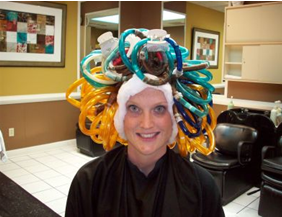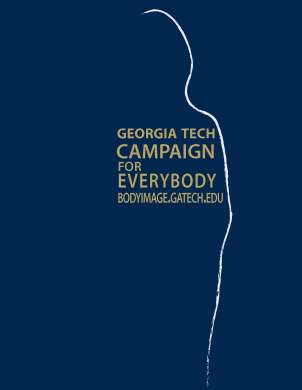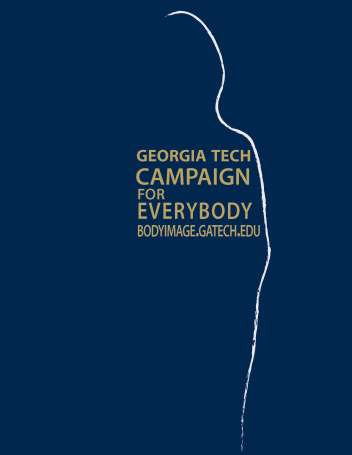To me, Body Modification is an art form growing in recognition. Soon passing are the days in which the more common forms (tattoos, piercings) are considered taboo. I believe each individual will have their own personal reasons for Modification; whether they be aesthetics, spirituality, memorial, or any other countless reason.
I myself do many forms of Body Modification. I have quite a collection of tattoos, 10 active piercings, a scar from a purposefully rejected piercing (which would fall under the broad category of scarification), and I also perform in a body suspension group (Prentice Suspensions). Each of these forms illicits numerous reactions, which I wish to discuss.
To begin my foray into modification, I had my lip pierced at the age of 19. This came from a growing need to conquer an abject fear of needles. When I was only 5, I was diagnosed with leukemia. I went through 3 months of treatment, and after 5 false positives, it was realized that I actually did NOT have the disease. I never made it to chemo (thankfully) but was CONSTANTLY stuck with needles almost every day for months. It took a toll on my young brain, to the point that I had to be basically held down for something as small as a finger prick. When I entered college at Georgia Tech, I became a Theta Xi. The greek community encouraged philanthropy, and for me, it presented an opportunity to get over my fear. I began giving blood and platelets, as often as possible. It was a mental challenge for me every time, but I eventually started to cool out about it.I was always fascinated with piercings, but never had the constitution to do it before this time. Finally, I decided one night to finally get over my fear, and go get pierced. I went to Virtue and Vice on Cheshire Bridge, and had a wonderful experience being pierced. The piercer performed the piercing quickly and professionally, leaving me wondering what I had been scared about the whole time. My brothers were slightly amazed when i showed up with it, but was accepted nonetheless. My parents were none too happy about it. If only they knew what was in store for me later…
Tattoos were the next step. The idea of a tattoo machine (please don’t call it a gun) repeatedly puncturing your skin to permanently put pigment there also frightened me. But the lasting art that adorns your body more than made up for it. My first tattoo was done by a friend at his house (WHICH I STRONGLY RECOMMEND AGAINST). It was a Koi fish on the left of my chest, quickly followed by another on the right side, swimming the opposite direction. This was done as a recognition to my birthday, which falls on March 14th, making me a Pisces. This tattoo was a recognition of part of my investigation into spirituality. Since, I have been worked on by countless artists around the nation. I have a full chest plate, a good start on my left rib side panel, in the middle of a left arm sleeve, and my legs are also covered. I also have two hand tattoos, each that have incredible significance in my life.
All my tattoos illicit different reactions. I get compliments all the time of the quality of work, specifically on my arm, since it is one of the most noticeable in everyday life. I get laughs about my left leg, because it is covered in tattoos that many find ridiculous, from an angry pickle, to a my little death pony, even a crayola sketch of a zombified wombat riding a pterodactyl in a rain of scissors. All of my tattoos have a meaning to me, whether silly, or incredibly serious. But they all spark conversation as to why I get tattooed, and enables me to have the opportunity to educate people about the tattoo process, plus the pros and cons of tattoos in general. I have worked the front desk at a couple shops, and it continually amazes me the lack of education that people have about the procedure.
Finally, probably the most “extreme” version of body modification that I participate in is also the one that is the most important to me: body suspension. The term is something most people are unfamiliar with, and the only encounters they have with it are brief viewings in movies such as “The Cell”, or more often than not I get the “Oh, so you’re like Criss Angel!”. While I appreciate his willingness to bring body suspension to the public, there are a million and twelve reasons why someone will undergo this modification. For me, and the group I perform with, it has two purposes. First of all, we do it as a performance art, which amazes many people. The common person doesn’t think to lump people hanging from 8-gauge hooks in their body to be in the same vein as something as traditional as ballet. It takes an open mind to watch, but I assure you our shows are intense and fun to watch. We feed off the crowds energy, while the crowd feeds off of ours. Nothing can describe the feeling of “flying” while a huge mass of people are screaming for you. Also, our group performs in memorial to a fallen brother, Josh Prentice, who was shot and killed three years ago. Our name directly honors him, and the way we portray the art of suspension is in hopes to strive for the standards that he set as a body suspension performer himself, from sterility procedures to performance and everything in between.
Finally, I want to briefly discuss body modification and the impact it has on the general public. Most people have their own ideas about what is safe, sane, or even consensual. To someone such as myself, there are few limits to what can be done to your own body and not be viewed as “crazy” or “a freak” or even dangerous. But to many, the thought of piercing flesh with a hook and then quite literally hanging from these hooks is stupid, or even worse, shows a breakdown in someone’s mental capacity. I like to draw an analogy when discussing it with people, that sounds crazy at first, but makes sense. Exercising is a form of body modification. You put yourself under a sort of stress, creating micro tears in your muscles, and basically hurting your body to sculpt it in a way more pleasing to yourself. There is destruction of body tissue, there is a healing process, there is a mental and chemical high associated with exercise. All of these are the exact things that happen to a person performing a suspension as well, just played out in a different form. While suspension is by no means for everyone, it can be for some people. It has roots in many different cultures (the Oh-kee-pa suspension of the Mandan tribe, the Sundance of the Native American Plains tribes), and modern suspension is performed for a plethora of reasons. For most observers, suspension can be a beautiful thing to watch. For the person being suspended, it can be a performance art, or can be a deeply private thing that only occurs within a closed environment that is watched by trusted individuals only. But for all parties involved, suspension is a form of body modification that while extreme, can be gorgeous, expressive, and above all, pleasing to the individual undergoing the procedure.
Alumni – Clay
originally posted April 2010








